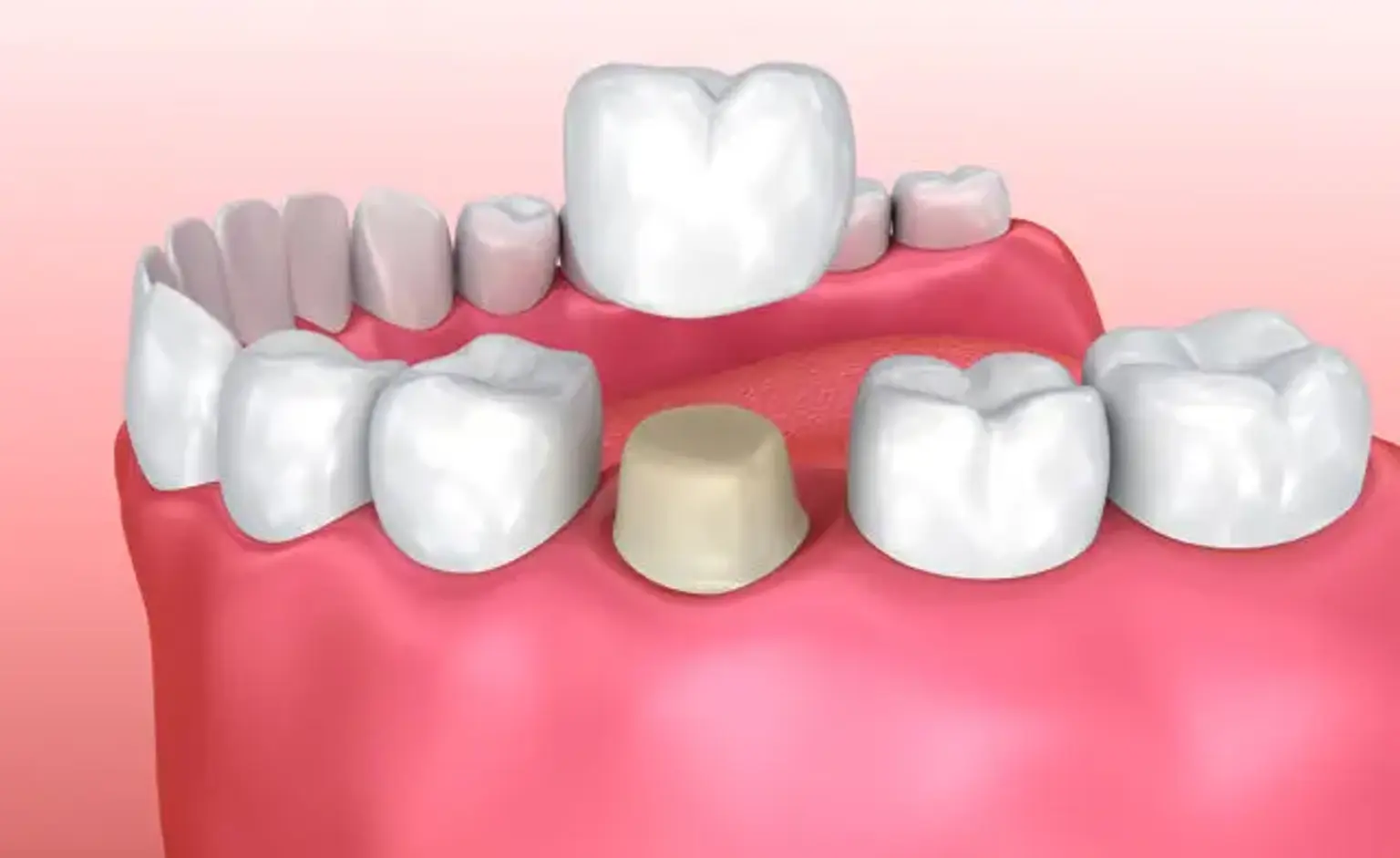Dental Crown
Your teeth might get damaged over time. This can occur due to various reasons, including tooth injury, decay, or even overuse. The tooth's shape and size can also deteriorate with time. A dental crown is thus tooth-shaped “caps” designed to fit over your natural tooth, hence correcting the problem.
The dental crown is a cap that covers the visible section of the tooth and is typically cemented into place. These crowns help improves the size, shape, strength, and look of the tooth.
